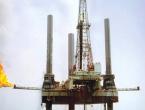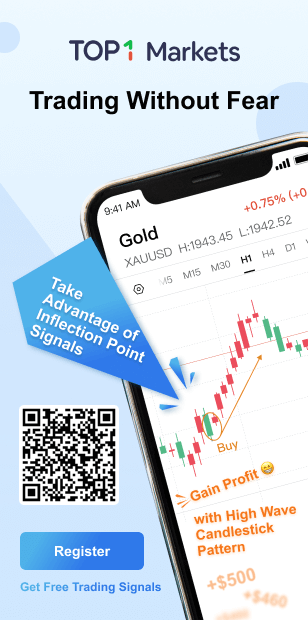EUR/USD
1.17419
0.015%
Gold
4332.75
-0.127%
Oil
56.286
-0.725%
USD/JPY
155.922
0.150%
GBP/USD
1.33672
-0.054%
GBP/JPY
208.427
0.103%
Belgian Prime Minister: Russian assets are part of all peace negotiations in Ukraine.Belgian Prime Minister: There is no precedent for the proposal to utilize frozen Russian assets.December 18th - In the same month that Switzerland and the United States reached an agreement to eliminate high tariffs, Swiss exports to the US expanded. In November, Swiss exports to the US (excluding gold and seasonally adjusted) increased by 7.6% compared to October, while imports from the US decreased by 3.5%. Switzerlands trade surplus with the US increased to 3.4 billion Swiss francs (equivalent to US$4.2 billion) from 3 billion Swiss francs in October.Belgian Prime Minister: The EUs financing plan proposal for Ukraine is still changing.Switzerlands trade balance in November was CHF 3.841 billion, revised from CHF 4.319 billion to CHF 4.203 billion in the previous month.











